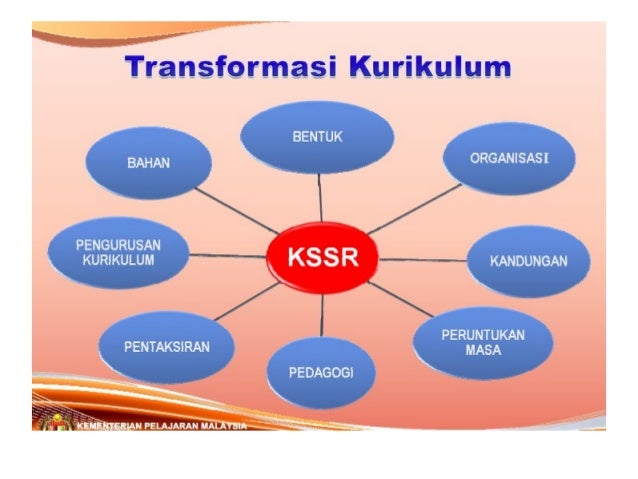Kurikulum Standard Sekolah Rendah
Sorry, but copying text is forbidden on this website!
As time goes by, Malaysia’s education system undergoes big changes. In 1983, Kurikulum Baru Sekolah Rendah (KBSR) was introduced and made some changes to the education system. 10 years later, its name was changed to Kurikulum Bersepadu Sekolah Rendah (KBSR). Now, a new curriculum was introduced a year ago, 2011 to replace KBSR: Kurikulum Standard Sekolah Rendah (KSSR). KSSR was introduced to reorganize and upgrade the current curriculum. Changes can be clearly seen in the aspect of key areas, curriculum documentation, curriculum design, curriculum organization, curriculum content, elements and focus.
19 thoughts on “ kurikulum standard sekolah rendah (kssr) bahasa malaysia ” Jurim Sarambung berkata: at 11:10 AM Saya suka blog anda, sangat berguna khas guru BM.

In the aspect of key areas, KBSR focused on three key areas: communication, man and his environment and self-development whereas KSSR focused on six key areas: communication, spiritual, attitude and values, humanitarian, physical and aesthetical development, science and technology and lastly, physical and personal development. KBSR focused only on individuals whereas KSSR focused not only on individuals but also their surroundings. KSSR’s aim was to produce holistic individuals. KSSR focused on values for character building through the curriculum and co-curriculum.
In curriculum documentation, KBSR follows the syllabus for teaching materials whereas KSSR formulated based on Standard Document which consists of Content Standards which covers on students’ skills, knowledge and thinking and Learning Standards which are a set of achievements which can be measured for each content standard. The curriculum design for KBSR is linear which only involves listening, speaking, reading and writing whereas for KSSR is modular which involves not only listening, speaking, reading and writing but also covers language arts and grammar.
In KBSR, level 1 has Core, Compulsory and additional subjects whereas in KSSR, level 1 has Basic Core Modules, Thematic Core Modules and Elective Modules. In level 2, KBSR implemented Core, Compulsory and additional subjects similar to level 1 whereas KSSR only implemented Core and Elective subjects. As it can clearly be seen, in level 1, a new subject is introduced: Thematic Core Modules. This new subject was introduced to reduce the number of subjects taken in level 1. This module consist themes of the World of Art and World of Science and Technology. In the World of Arts, two subjects are introduced: Visual Arts and Music. In the World of Science and Technology, basic ICT skills are taught.
Kurikulum Standard Sekolah Rendah Sains Tahun 3
The curriculum content in KBSR only focuses on listening, reading, writing, speaking, sound system and grammar in context. KSSR focuses on the same content but replaced sound system with phonics. Phonics is a more detailed version of sound system which teaches students the sounds of English specifically. Three new contents are also added: basic literacy which teaches students the ability to read and write adequately, penmanship which teaches students the right way to hold and use a pen or a pencil and lastly, language arts which exposes students to poems and songs enabling students to appreciate and enjoy them thus, building creative minds in students.
Lastly, the focus of KBSR is the 3M (membaca, menulis dan mengira) which is reading, writing and counting whereas KSSR’s focus is the 4M (membaca, menulis, mengira dan menaakul). KSSR added a new focus which is thinking. This newly added focus helps students to understand more about what was taught and at the same time improve their thinking skills.
To sum up, KSSR is a curriculum which is student centered. This new curriculum diminishes Ujian Penilaian Sekolah Rendah (UPSR) which means it is less-exam oriented and more to project and activity based. This new curriculum also focuses on ICT and independent learning. KSSR also aims to strengthen the command of Bahasa Malaysia and English among students. Mathematics and Science subjects are all in Bahasa Malaysia and English periods have been increased.
